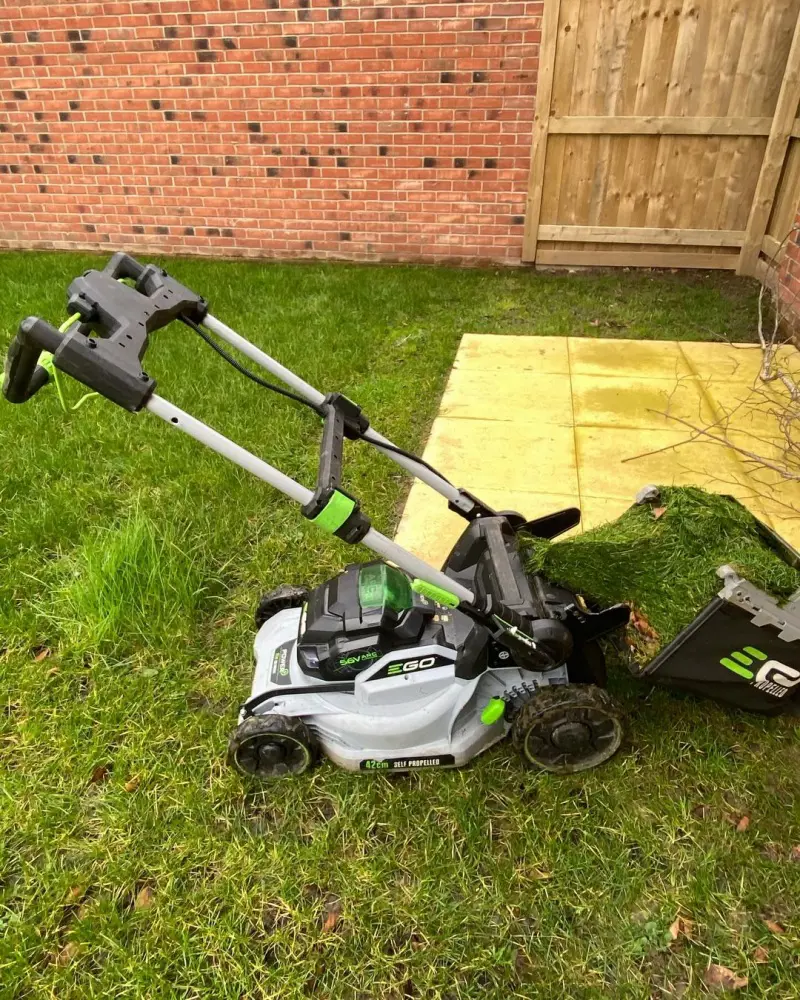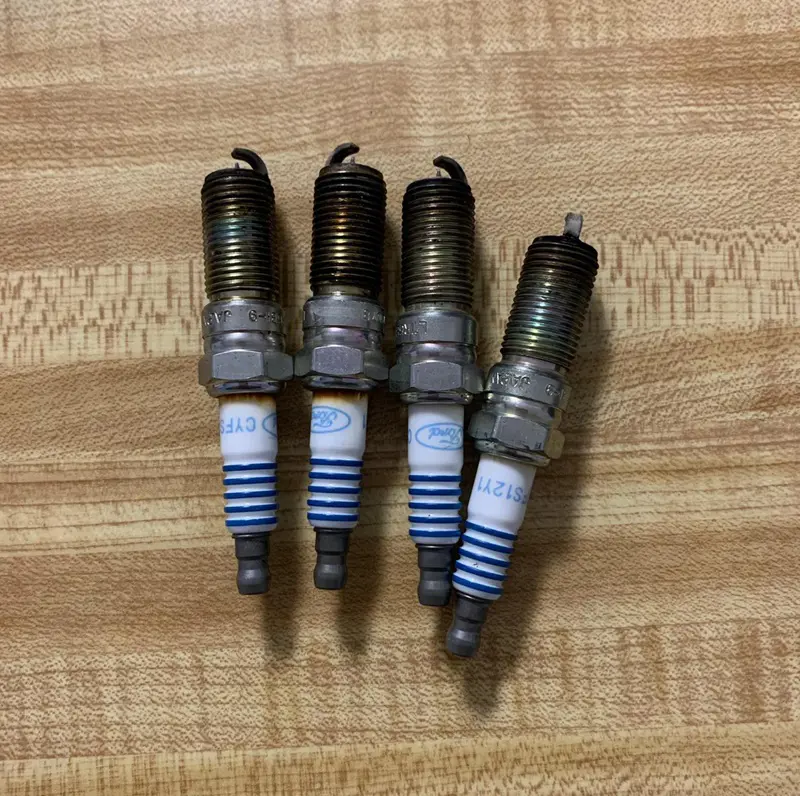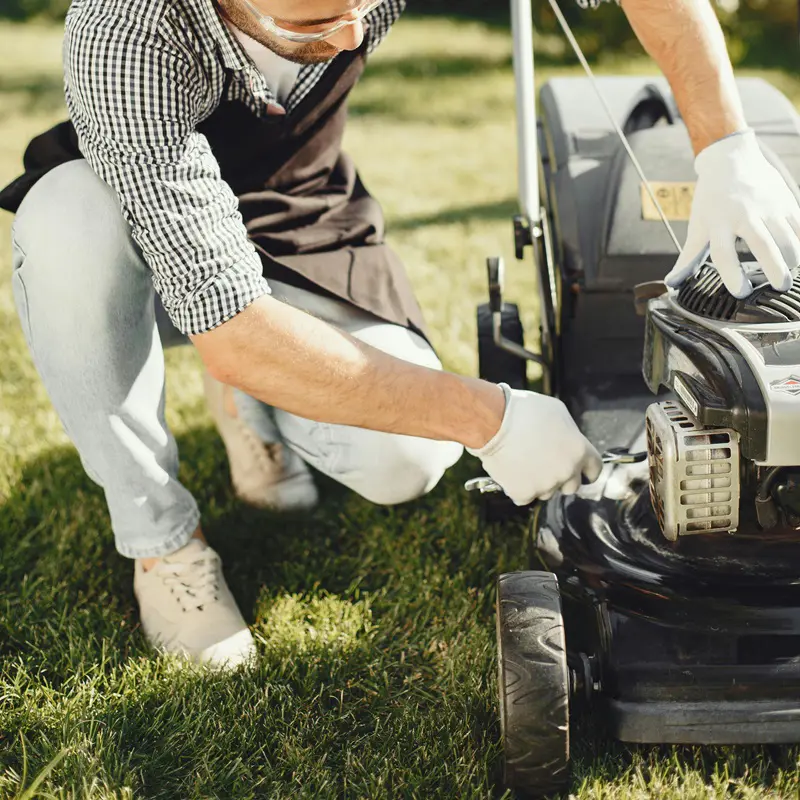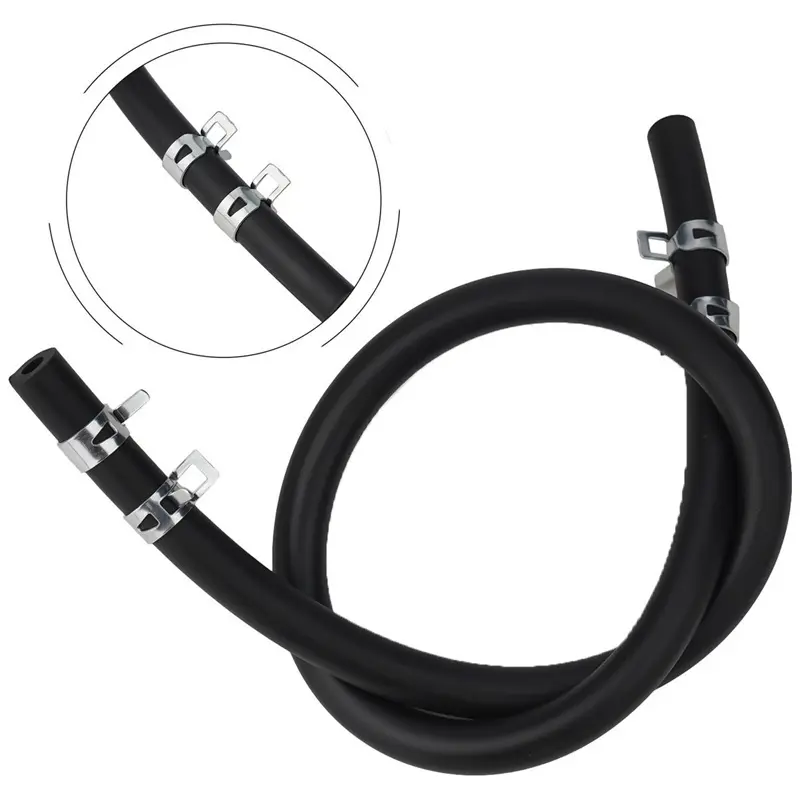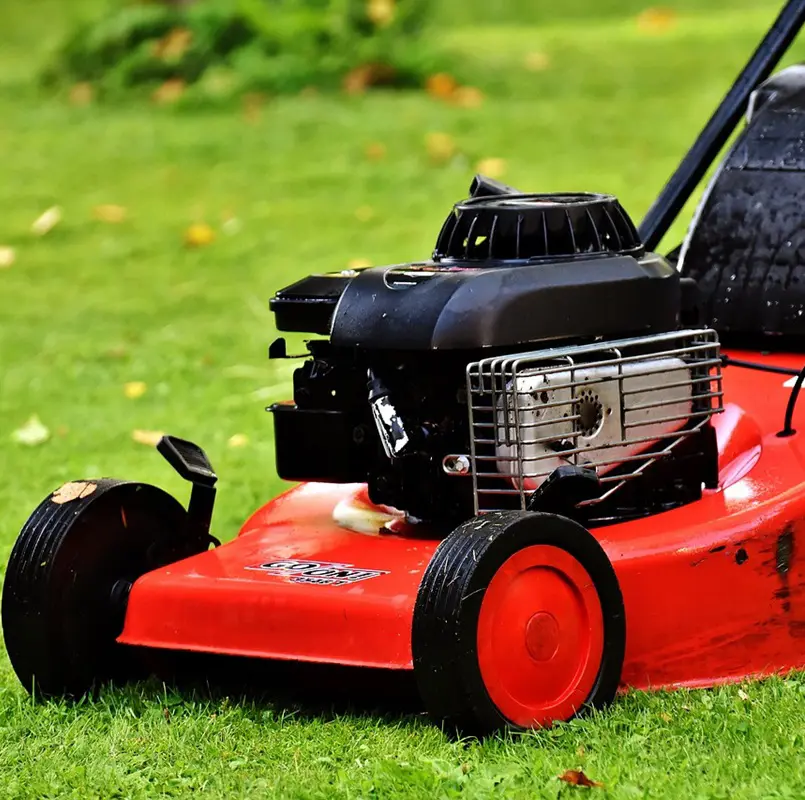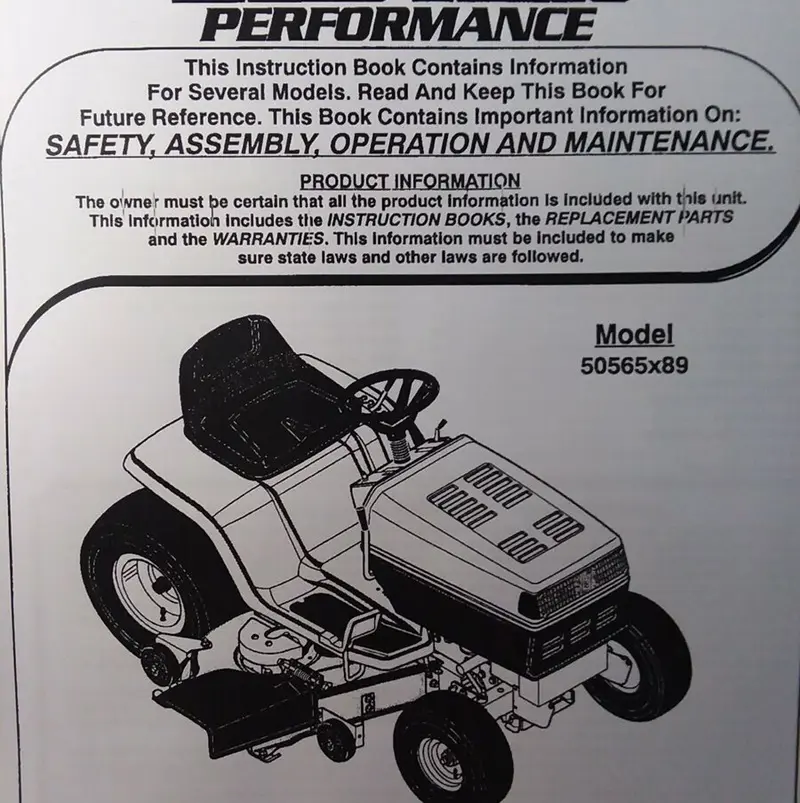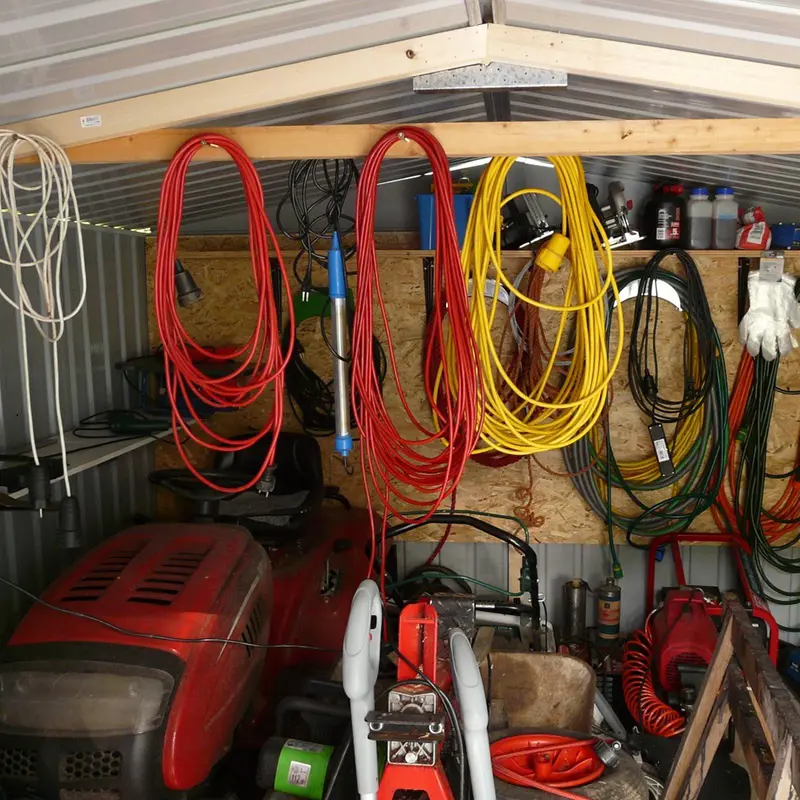Reasons Why your Lawn Mower Won't Start
1. Fuel Empty or Stale
The most prevailing cause of your lawn mower not being able to start up involves an empty or stale fuel supply. If the fuel tank is simply empty, filling it up with fresh gasoline usually solves the problem. Simultaneously, if the gasoline has been in the tank for more than one month, it can go stale and lose its ability to ignite.
This is because old fuel can be a major cause of poor performance in your engine and may even hinder the engine from starting well. To get rid of old fuel, you should drain the tank and fill it with fresh, premium-quality gasoline for the proper functioning of your engine.
2. Fuel Valve Closed
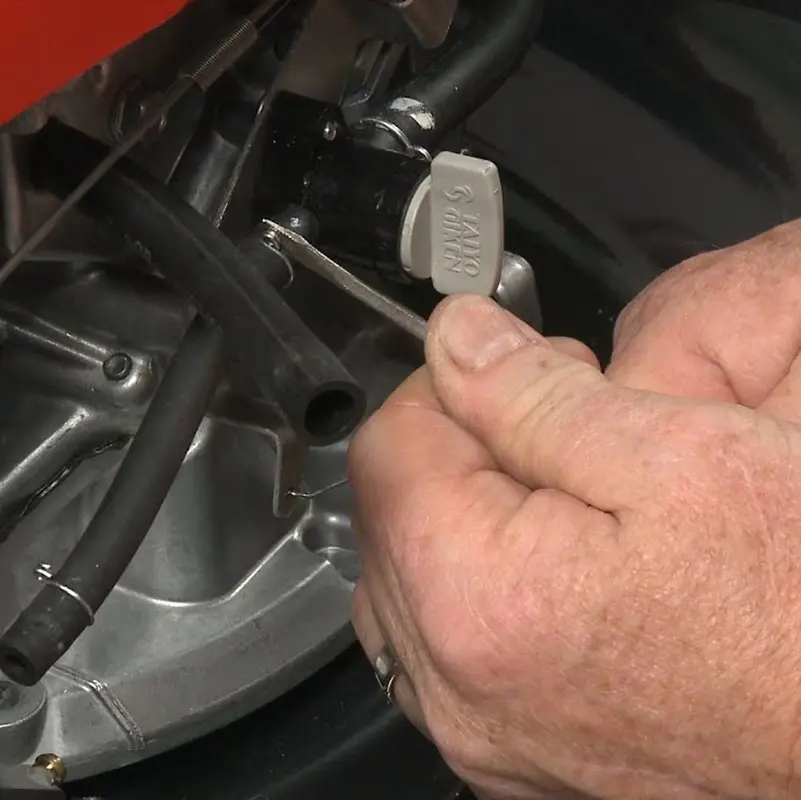
Most lawnmowers have a fuel valve that allows fuel to flow or be cut off to the inside of the engine. When this valve is off, there will be no fuel flowing to the carburetor to allow the mower to start. First, it should be ensured that the fuel valve is on before going into more complex troubleshooting.
Such a simple and often overlooked thing, but perhaps this is the only reason your mower doesn't start. Opening the valve can allow fuel flow properly and get your mower up and running.
3. Dirty or Clogged Spark Plug
The spark plug is the most crucial thing to make your lawn mower start up, as it creates the ignition of the fuel-air mixture inside the engine. With time, these spark plugs become dirty or bad; this results in a hard time starting the mower.
Typically, it could be a faulty condition to create a spark due to carbon accumulation or rust on the plug. Check for any potential damage or dirt on the spark plug. Clean it with a wire brush if it is dirty or replace it with a new one if it is worn or damaged, to ensure the right ignition.
4. Blocked Air Filter
A blocked air filter is just choking your engine, as it prevents the proper airflow that its combustion needs. The air filter cleanses the air before mixing it with fuel. It may be blocking air passage, or perhaps the reason why an engine does not start. The solution to it is to remove it from its housing and clean it in case it is a type of foam.
In the case of paper, it goes for replacement. A clean air filter ensures your engine gets the proper mixture of air and fuel for a proper start and performance.
5. Faulty Carburetor
The carburetor is where the air mixes up with the fuel before it goes to the engine. After a while, the carburetor will clog up with debris or old fuel, and possibly have problems starting. If you feel the carburetor is the issue, you will have to remove the air filter to reach it and spray some carburetor cleaner down into the throat of the carburetor.
Allow this cleaner to sit for a few minutes to dissolve any kind of buildup. If it starts but is running rough, you may need a more thorough cleaning or even may have to have a professional service it.
6. Bad Battery (on Electric Start Mowers)
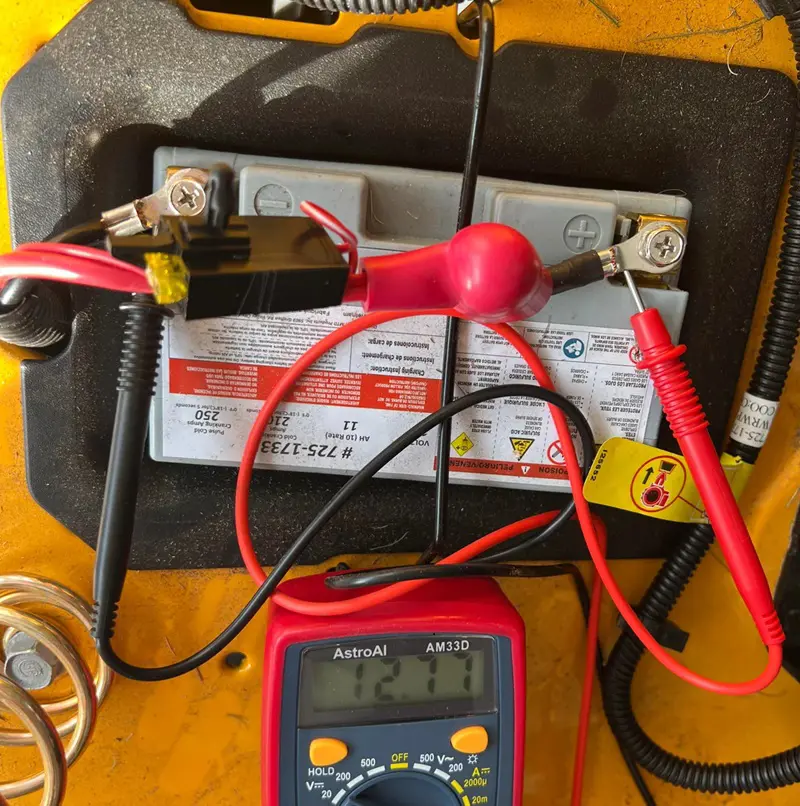
Another very important reason an engine may fail to start in an electric lawn mower is a dead or weak battery. First, check the charge on your battery. Low levels of charge must be recharged with the proper charger.
The terminals also need to be checked for corrosive buildups or loose connections. Clean the affected area with a mixture of baking soda and water and tighten the terminals. For the electric start system to work, the battery has to be full and properly connected.
7. Low Oil Levels
Most modern lawnmowers are designed to make sure the engine does not start when the oil level is too low. This prevents further damage to your engine in the event of low lubrication. Check the oil level by finding the dipstick and pulling it out. Clean it.
Put it in and pull it back out to check the level. If low, fill with the right type of oil until the level is within the normal range. Do not overfill, because too much oil will also cause issues.
8. Safety Features Not Engaged
Lawnmowers have several safety features designed to prevent the possibility of an accidental start. Most require a person to hold down a safety bar or lever of some kind in conjunction with starting the engine. Should these be missing, the mower will not turn on.
Ensure you start it again using the proper procedure, including the proper throttle or choke setting to ensure all safety features are on and working as they should.
9. Clogged Mower Blade
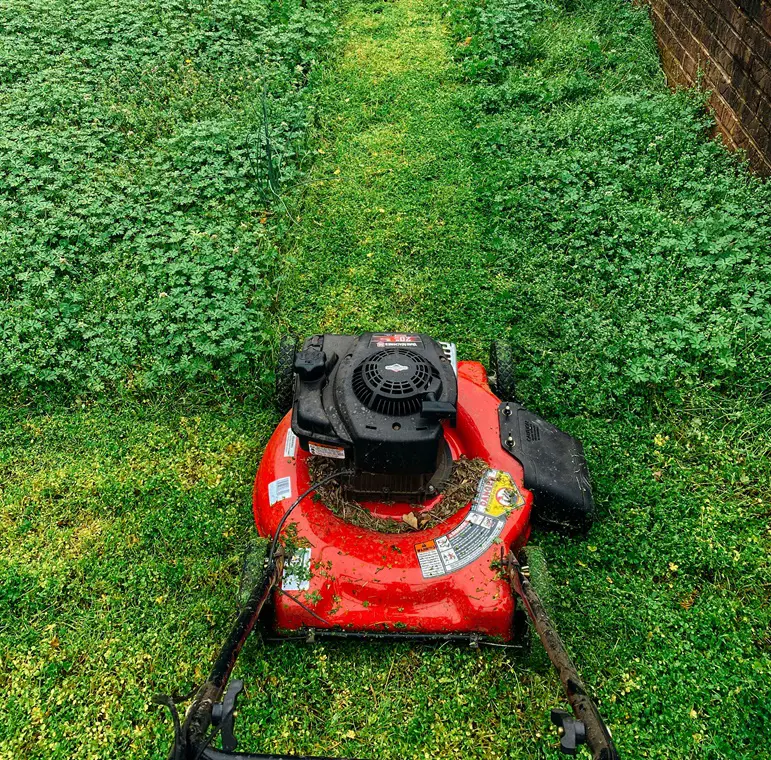
Another probable reason for an engine not to start or stall is a clogged mower blade with built-up debris or clippings of grass. Inspect the blade after ensuring that the mower has been turned off and the wire attached to the spark plug has been disconnected for safety.
Carefully lean the mower on its side to carefully clear accumulated grass, leaves, or debris from around the blade and mower deck area. Check the actual blade for any damage or over-wear. Clearing blockages and sharpening the blade can do much to make the mower start and run well.
10. Fuel Line Issue
The fuel line is responsible for conducting gasoline from the tank to the engine. Any crack, leak, or blockage in the fuel line breaks the flow, resulting in difficulties while starting. Inspect the fuel line for cracking or pinholes from one end to the other.
If you find something, you will need to replace that part of the fuel line because the fuel line must be intact so that there will be proper delivery of fuel to the carburetor.
11. Clogged Fuel Filter
A clogged fuel filter restricts the flow of gasoline into the engine, causing difficulty while starting. It filters out debris and contaminants from the fuel; this filter itself may become clogged over time. If this seems like the problem area for you, then you need to check if the fuel filter is clogged.
After all, one desires a continuous flow of fuel to the very engine that is the heart of your mower. Changing the fuel filter from time to time can save one from starting problems and keep the mower running without glitches.
12. Starter Mechanism Issues
In some instances, such an effect might be created on the engine in case of certain problems with the starter mechanism or pull cord, thus not allowing it to turn over. If the pull cord is very hard to pull or does not properly engage, there might be a problem with the starter mechanism.
Check the pull cord and the starter assembly for any evidence of damage or misalignment. If necessary, check your mower's manual or get professional help to repair or replace the starter mechanism. What you want to help get your mower running is a good working starter mechanism.
13. Engine Overheating
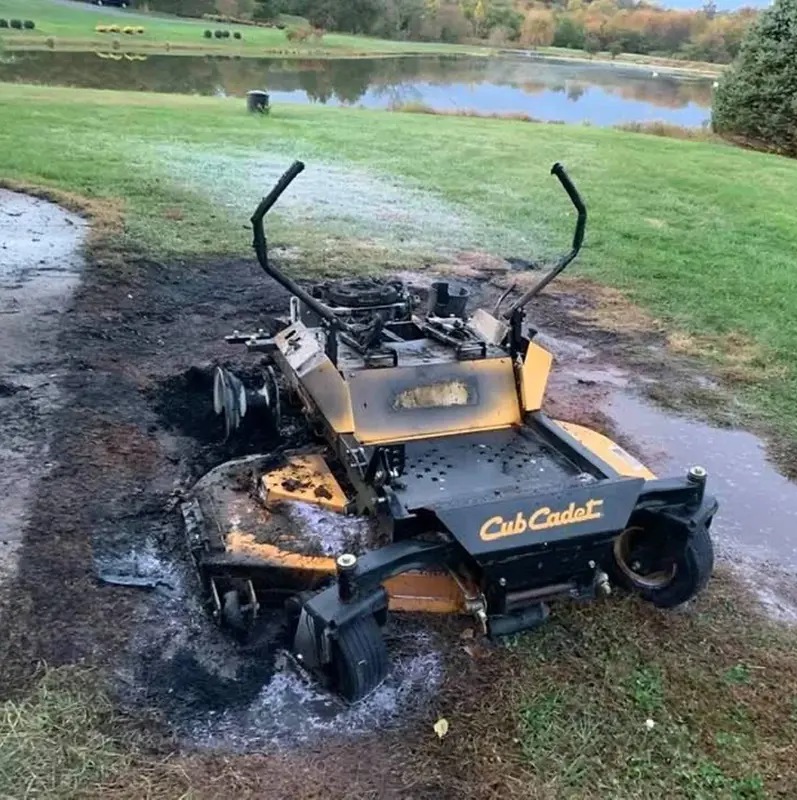
If in fact, the engine has overheated, it will have internal damage or be seized and not start. Overheating can occur when the mower has been used excessively without the correct oil or simply running too long. If you suspect overheating has occurred, let the engine completely cool before attempting to restart it.
Check the level of the oil and make sure that it is adequate. If, after this, it still does not start, internal damage could be present, in which case you will have to call a professional to get it repaired.
